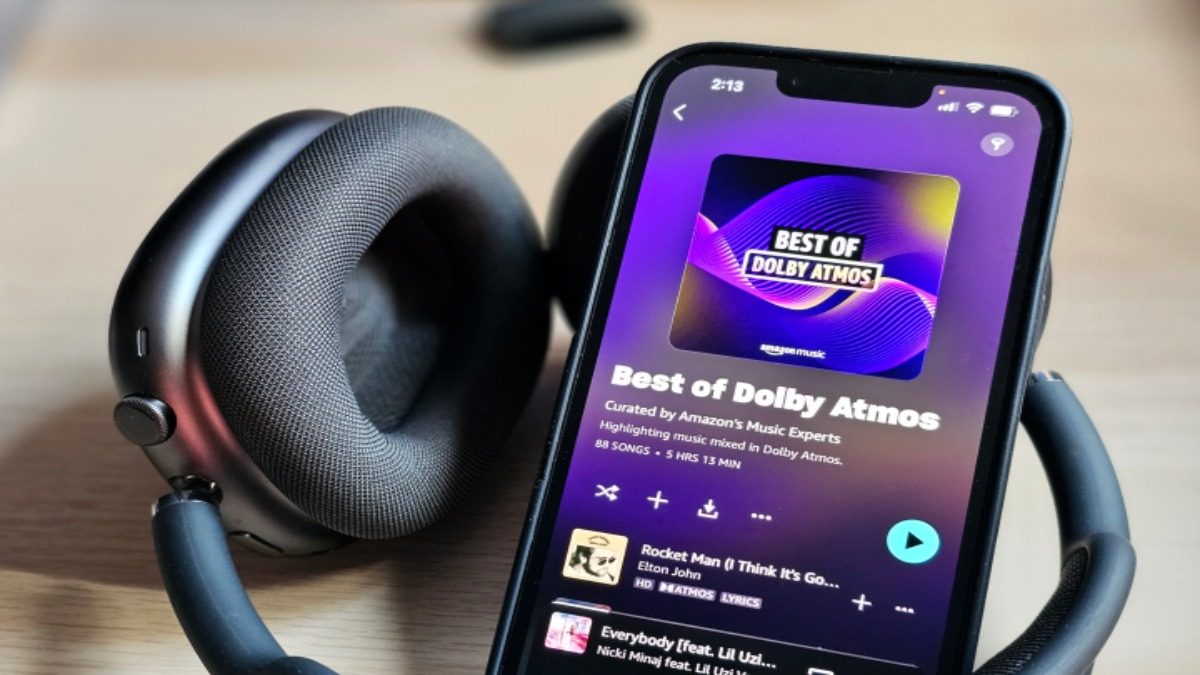Stereo sound has been a cornerstone of music production for decades, but like its predecessor mono sound, stereo may be facing a gradual decline. In recent years, the recording industry has witnessed a surge in interest towards spatial audio formats, with Dolby Atmos Music emerging as the frontrunner. This revolutionary format has the potential to transform the way we experience music, making traditional stereo sound akin to mono AM radio.
So, what exactly is Dolby Atmos Music? Unlike stereo recordings that are confined to two channels, Dolby Atmos Music harnesses the power of a 9.1-channel, 7.1.2 surround-sound format, akin to its cinematic counterpart, Dolby Atmos. This format allows for the utilization of 118 sound “objects,” enabling producers to manipulate audio elements in three-dimensional space. Imagine the ability to move individual instruments or vocals around a room, creating an immersive sonic experience akin to being inside the music itself.
The process begins in the studio, where engineers traditionally record different parts of a song on separate tracks. However, instead of merely panning these tracks to create a stereo mix, producers can now position each sound object independently within the 3D audio space. This level of creative control opens up new avenues for artistic expression, enabling musicians and producers to craft compositions with unprecedented depth and dimensionality.
Listening to Dolby Atmos Music requires compatible audio devices and sources. Fortunately, several streaming services, including Apple Music, Tidal, and Amazon Music, offer Dolby Atmos Music tracks as part of their catalogs. Additionally, Blu-ray discs provide the highest quality Atmos Music experience, delivering lossless audio via Dolby TrueHD.
To enjoy Dolby Atmos Music at home, you’ll need compatible equipment such as Dolby Atmos-capable soundbars, AV receivers, or wireless speakers. These devices, coupled with streaming music apps and subscription access to Dolby Atmos tracks, ensure a captivating audio experience in your living room.
Moreover, advancements in smartphone and tablet technology have made Dolby Atmos Music accessible on the go. Many modern devices support spatial audio rendering, allowing users to experience immersive soundscapes with any set of headphones.
While Dolby Atmos Music currently dominates the spatial audio landscape, it faces competition from other formats like Sony’s 360 Reality Audio (360RA) and the emerging IAMF format from Google and Samsung. As these technologies vie for dominance, consumers may find themselves navigating another format war reminiscent of past audio battles.
In essence, Dolby Atmos Music represents a paradigm shift in music production and consumption, offering listeners a new dimension of auditory delight. Whether it’s experiencing a favorite song in a whole new way or immersing oneself in a live concert performance, Dolby Atmos Music promises to redefine the audio landscape for years to come.

